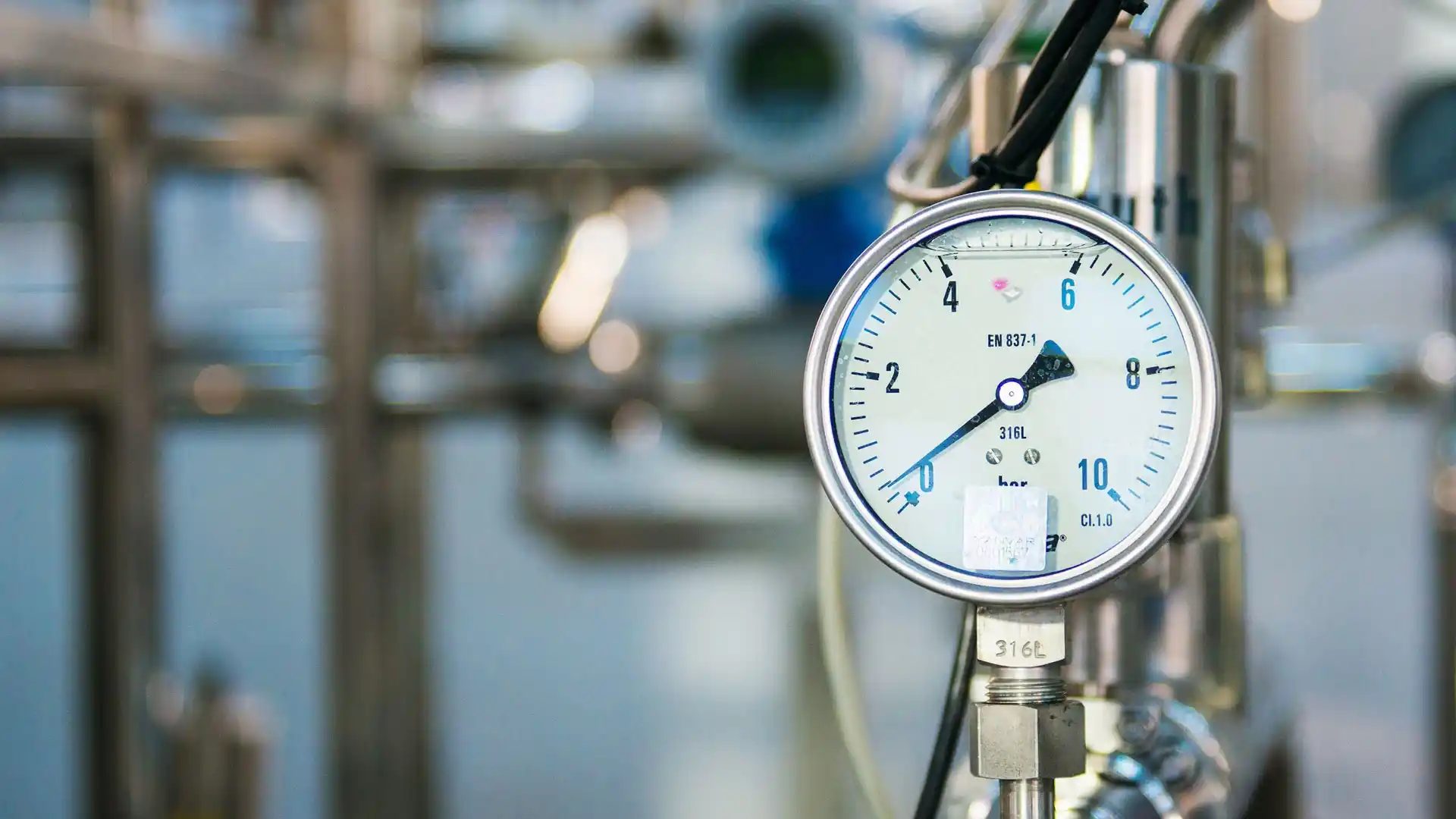
Blog
How to Solve Water Pressure Issues in Irrigation Systems
18 June 2025
In an irrigation system, water pressure is a crucial factor for proper operation. If the pressure is too high, there’s a significant risk of damage to the system. If it’s too low, water won’t reach where it’s needed. In both cases, the result is inefficient irrigation and wasted resources.
In this article, we’ll look at how to identify water pressure problems, understand their causes, and resolve them with practical solutions.
What Is Water Pressure?
Water pressure is measured in bars and refers to the force with which water flows through the pipes, allowing it to reach the nozzles effectively. There are two types of pressure:
- Static pressure is measured when the system is closed, with no water flow.
- Dynamic pressure is the actual pressure during operation.
If the pressure isn’t suitable, the system won’t function properly. That’s why it must be carefully designed, measured, and managed.
How to Tell If There’s a Pressure Problem
It’s important to spot the signs of water pressure issues before they escalate. You might notice that drippers are barely releasing water, or that sprinklers don’t rise fully—or don’t move at all. Sometimes the water jet is weak, inconsistent, or completely off-target. It’s also common to see pipes bursting or leaking.
Unusual sounds like banging, hissing, or metallic noises are also warning signs.
These symptoms usually point to an upstream issue. The good news is that many of them can be resolved with targeted interventions.
Common Causes of Low Pressure
If the water seems to be flowing weakly, there could be several reasons:
- Pipes may be too narrow or too long, creating resistance that slows the flow.
- There could be leaks or poorly sealed fittings along the line, allowing water to escape.
- Blockages caused by limescale, sand, or other debris may be obstructing the flow.
- Valves or taps might be only partially open, restricting water delivery.
- The incoming pressure might be insufficient—perhaps due to a weak mains supply or an undersized pump.
- Activating too many zones at once can also reduce pressure, as it gets divided across the system.
How to Increase Pressure
If your system is suffering from low pressure, start by checking for leaks, kinks, or blockages in the pipes that could be slowing the flow. If the mains supply is weak, installing a booster pump is an effective way to increase available pressure.
Another useful strategy is to divide the system into multiple zones, so they don’t all run at the same time and dilute the pressure.
If your pipes are too narrow, replace them with wider ones to allow better flow.
And don’t forget pressure-compensating drippers—they work reliably even when pressure is low.
Common Causes of High Pressure
Excessive pressure can also damage the system. This often happens when pumps are too powerful and there’s no proper regulation. Without a pressure-reducing valve, the system has no way to stay in control.
Sometimes the mains supply itself delivers water at too high a pressure, putting strain on pipes and components. If the system is installed on sloped terrain, pressure can naturally increase in lower areas, potentially causing damage.
How to Reduce High Pressure
If water is coming in too forcefully, there are several simple solutions:
- Install pressure regulators at the system’s inlet or on individual zones to keep everything under control.
There are ready-calibrated models available, such as the HB Pressure Reducer, designed specifically for drip irrigation, porous pipe systems, and small terrace setups. - Many modern solenoid valves now include built-in pressure reducers, which are effective in preventing sudden pressure spikes.
- Don’t overlook air release valves, which help prevent water hammer—those sharp knocking sounds that can be quite alarming.
Finally, always choose components rated for the actual pressure in your field.
Not even 1 bar available? Then a tap timer like our Zero Pressure model might be just what you need.
Maintenance Is Your Best Ally
Checking pressure once a year isn’t enough. An efficient system needs regular monitoring and upkeep.
Clean filters and drippers regularly. Check the calibration of valves and regulators. Watch for drops in flow or pressure spikes.
An irrigation system only works well if the pressure is right. Measure it, recognise the symptoms, and act with the appropriate solutions.
Controlling pressure means saving water, protecting components, and ensuring consistent results.
And if you’re not sure where to start, get in touch with our irrigation experts.
Discover the latest innovations
in irrigation systems!